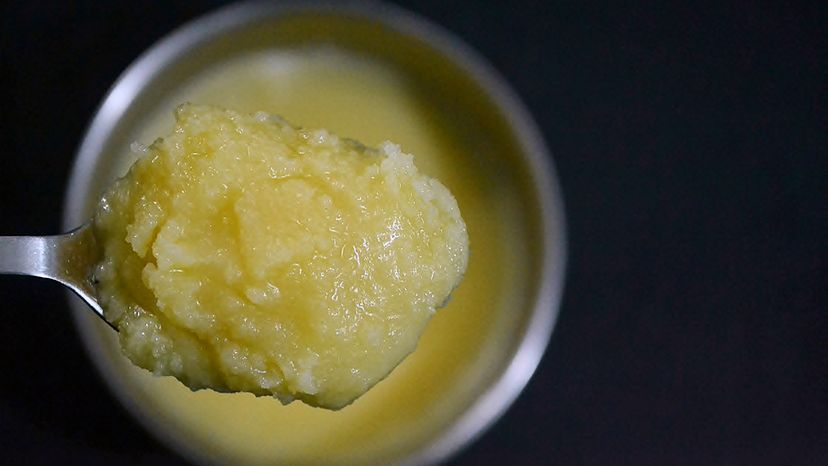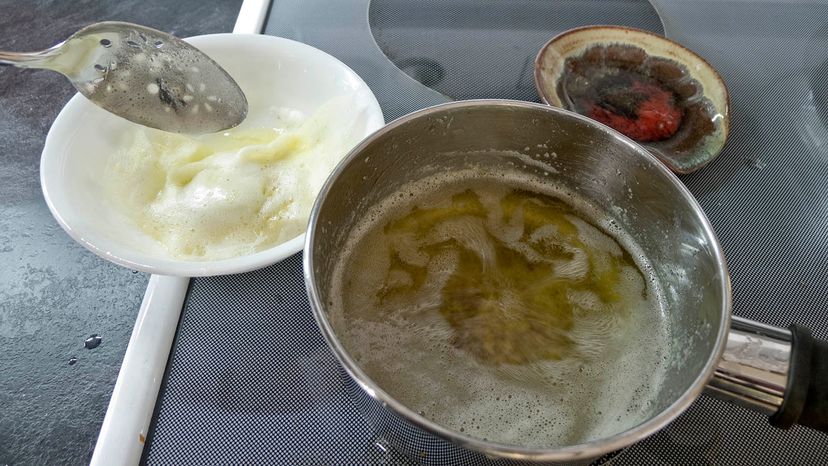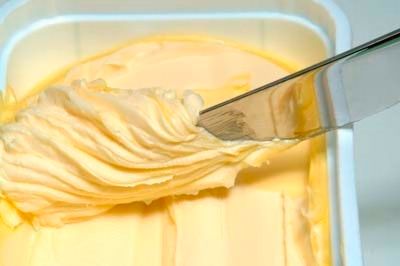But first let's back up a bit and explain exactly what ghee is. Simply put, ghee is simmered butter, similar to clarified butter. The simmering process removes the water and milk solids in the butter, leading to a final product with a higher fat concentration.
"When comparing the amount of calories and fat, there is not a significant difference between butter and ghee," says Alyssa Lavy, a Connecticut-based registered dietitian, via email. "Ghee contains, on average, slightly more calories and fat, including slightly more saturated fat, compared to the same serving of butter."
Ghee's history extends thousands of years in Indian culture as it is used in the kitchen and for medicinal purposes through Ayurveda medicine, a 5,000 year old practice. "Ghee has been used in many cultures for a long time and has recently become trendy in the U.S.," says Lavy.
Ghee is praised and used for its anti-inflammatory and digestive attributes. It's also a pantry staple in Indian, Pakistani and Bangladeshi cuisines because ghee doesn't spoil in warm weather, (and has that long shelf life we already mentioned) thanks to its lack of water and milk. It can also provide a suitable butter replacement if for those who are lactose-intolerant or following diets such as Whole30 or paleo.



